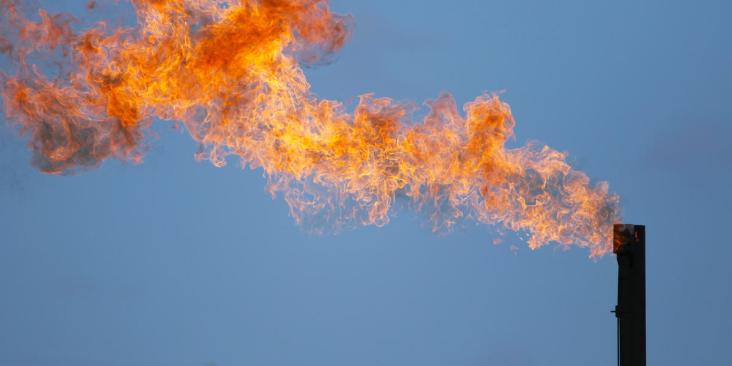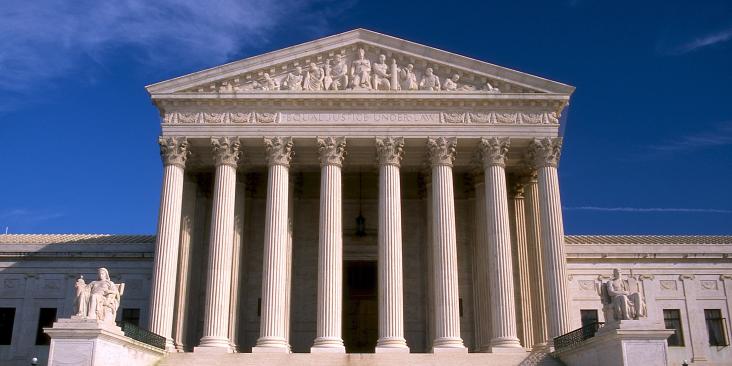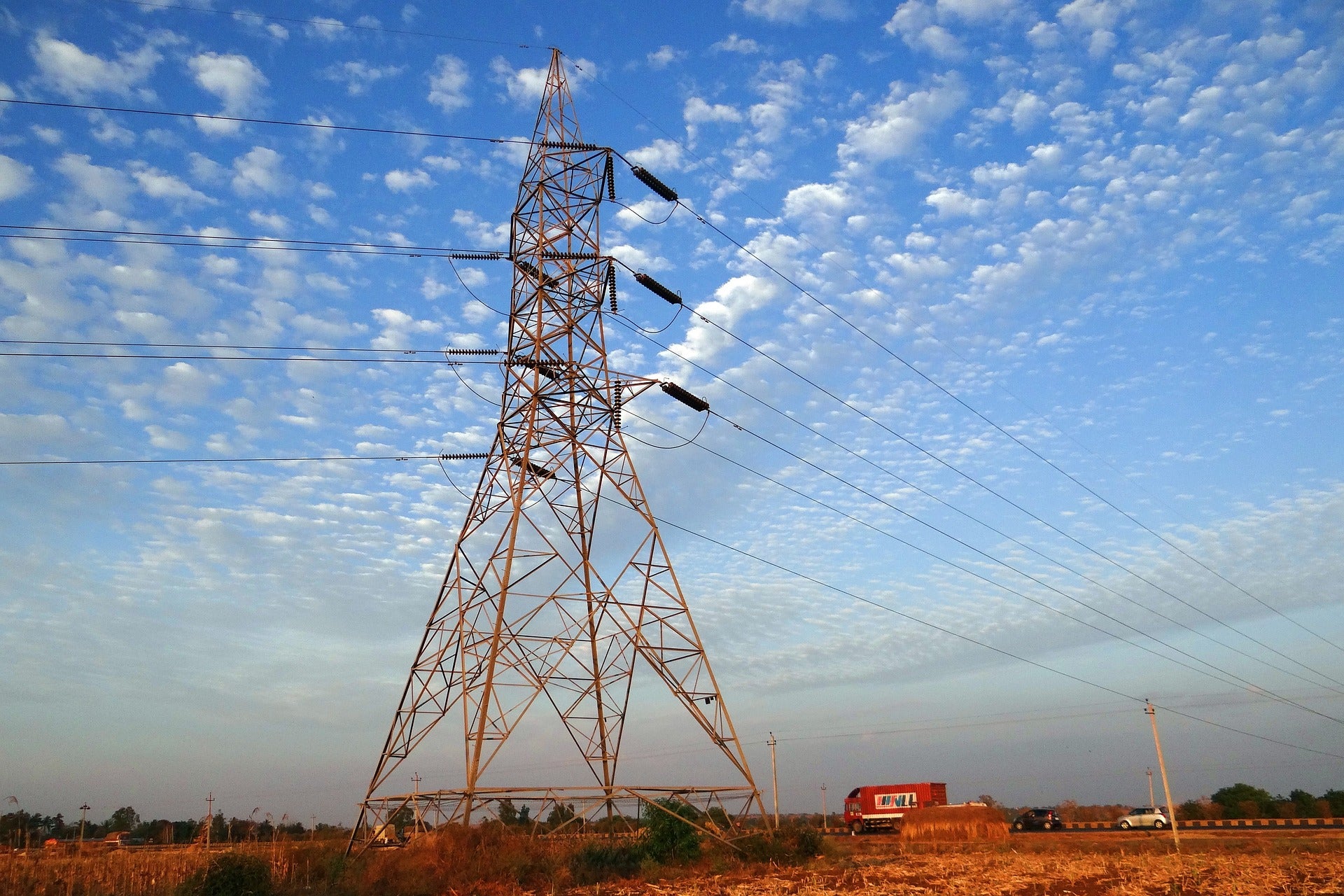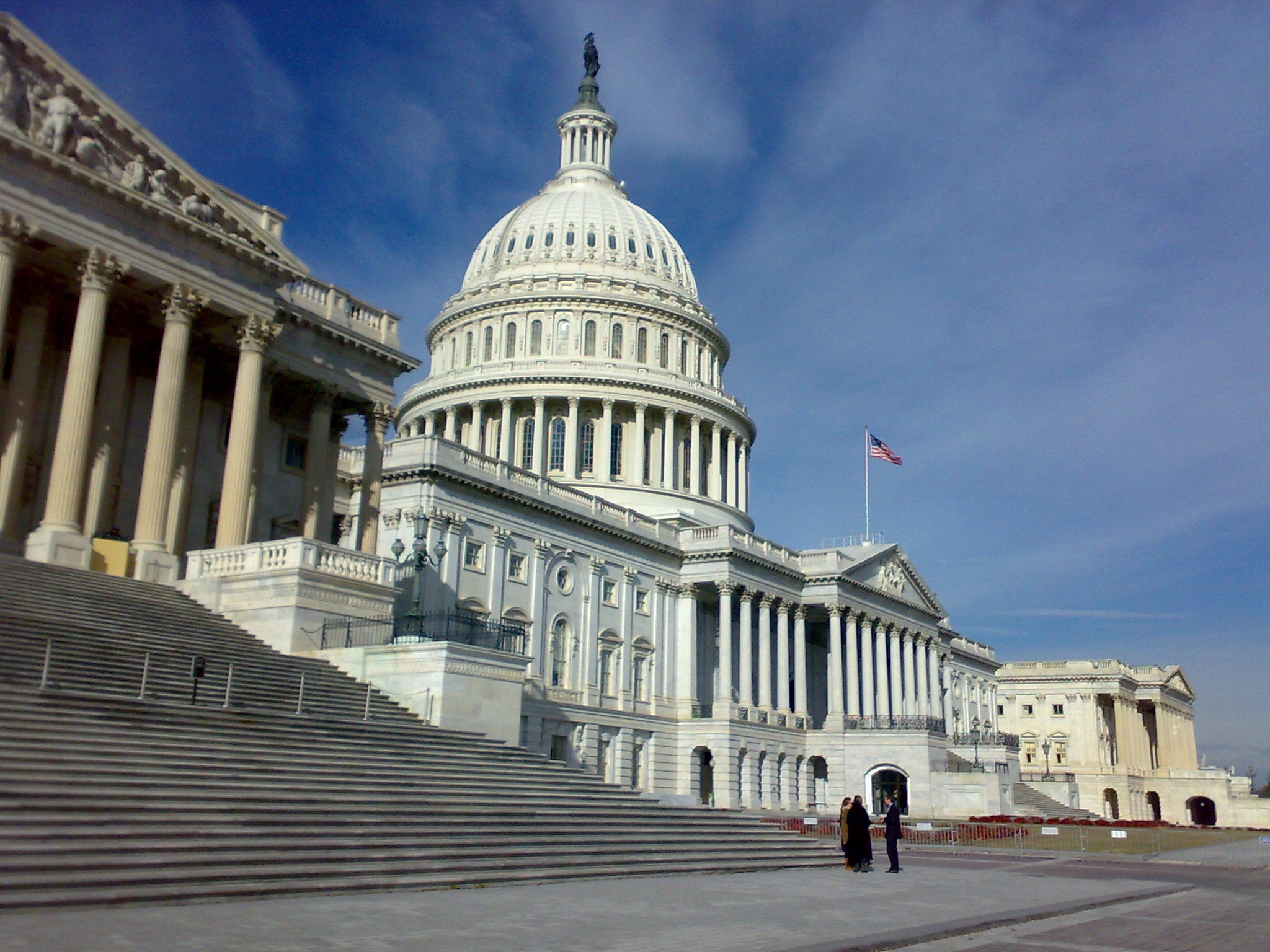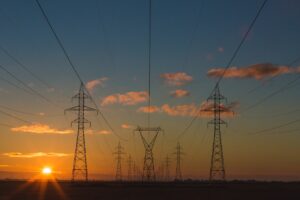
Unlocking affordable, clean power: Colorado’s big move to build transmission lines
Colorado’s electric grid is under pressure. Extreme weather events, like last month’s heat wave, are causing more blackouts. At the same time, power demand is surging with data centers, buildings and vehicles all plugging into the grid.
Colorado needs to modernize its grid – fast. And it must do it in ways that don’t worsen climate change and air pollution, issues that are already bearing down on Coloradans. Building more electric transmission – long-range power lines that carry clean power from areas where it is plentiful to the areas that need it – will be a key part of the solution.
That’s why it’s welcome news that last month the Colorado Electric Transmission Authority (CETA), an independent agency tasked with facilitating expansion of critical electric transmission infrastructure, announced six transmission concepts to prioritize for development. Building these transmission projects will bring reliable, affordable, clean power to more Coloradans.
Now, CETA must move these projects forward quickly, so that they can help Colorado continue its clean energy progress and meet the state’s climate goals.
Here’s why electric transmission in Colorado matters and what’s next for those projects.
Why Colorado Needs More Transmission
Most of Colorado’s electric grid was built in the 1960s and ’70s, and it’s showing its age. Roughly 70% of transmission lines are nearing the end of their lifespan, just as the state’s peak electricity demand is set to jump 40% by 2040 and extreme weather events become more frequent.
Upgrading and expanding transmission isn’t just overdue – it’s essential. According to a transmission study that CETA conducted, Colorado needs nearly 550 miles of new transmission line development and over 3,000 miles of reconductoring and rebuild projects over the next 20 years. Stronger, modern lines can help prevent blackouts, lower energy costs and cut pollution that harms public health.
- Reducing blackouts: When heat waves hit, demand for electricity spikes as people turn to their air conditioners for relief. Too much strain can lead to grid failures or “blackout” events, which have more than doubled nationwide in the last decade. Transmission can assist with meeting electricity demand by bringing low-cost power like solar and wind from one part of the state to another, or from other states into Colorado. During extreme weather events, transmission allows grid operators to pull energy from places not experiencing severe weather, so Colorado households can keep the lights on.
- Keeping Electricity Costs Low: By connecting more energy supply to the grid, especially affordable wind, solar and batteries, transmission plays an important role in keeping electricity prices low. While Colorado has added significant new solar and wind resources over the past five years, the pace of developing new electricity supply will need to be even greater in future years to match power demand from data centers, buildings, vehicles and growing industries. Transmission can alleviate grid congestion (the traffic jam of power lines, where too much energy tries to flow through limited transmission lines) and ensure low-cost renewable energy reaches the parts of the state that need it most.
- Boosting Public Health: Since transmission is key to connecting and delivering clean energy, it plays an integral part in lowering harmful pollution. Colorado utilities need to build and contract for a lot of clean electricity resources, but without new transmission lines to deliver them, that clean energy can’t help the state shift away from dirty fossil fuel plants and clean up the air Coloradans breathe.
What Colorado is doing to modernize its grid
Colorado has already taken some positive steps forward to modernize the grid and develop more transmission. Earlier this year, Governor Polis signed a bill into law allowing the co-location of high-voltage transmission in state highway rights of way, which will help transmission projects avoid the political and legal pushback that often slows projects down. Colorado also passed a law that makes it easier for local governments to develop codes that can help streamline renewable energy and transmission projects.
Even with these positive steps in place, there’s a lot more work to be done – and that’s where CETA comes in. Colorado is just one of two Southwestern states with an independent agency solely focused on transmission (the other is New Mexico). CETA’s purpose is to plan and develop transmission corridors throughout the state, coordinating across utilities, neighboring states and regional organizations; it’s a role that utilities are often unwilling or unable to fill on their own.
The six transmission projects CETA selected will support a more reliable power grid and help with making electricity more affordable:
- The Poncha – Midway Line, the Montrose – Curecanti – Poncha Line, and the San Luis Valley Alternatives, will run through the San Luis Valley and help increase east to west capacity, bringing much needed renewable energy development from the east of the state to support the west and increasing the reliability of the power grid..
- The Montrose – Maverick – Lost Canyon – Shiprock Line will contribute to creating a transmission backbone for the Western Slope. This will be crucial for ensuring Colorado can utilize forthcoming western energy markets and access low-cost clean energy from other states in the region. It could also support future development of the West Slope’s significant geothermal resources as a major source of clean energy.
- The Craig – Coyote Line is an interstate line that will help Colorado and the region. It will connect Northwest Colorado and Utah, helping to ensure that when one state encounters severe weather, the other can help ensure the lights stay on and vice versa.
- The Ault – Archer / Ault – Terry Ranch Reconductor lines will provide much needed upgraded lines between Wyoming and Colorado and help relieve congestion on the power grid in this area or in other words, ensure the power grid operates as efficiently as possible.
See detailed maps of the concepts here.
CETA chose these projects after robust stakeholder review, including comments submitted by EDF backed by recent analysis, and used a detailed scorecard to assess project criteria like economic and community development, grid reliability, siting and permitting, the state’s clean energy goals and commercial viability. Some of the more complex projects chosen will likely take longer to move through the next phases, so that CETA can do its due diligence in exploring more complicated parts of the design process – like exploring different routing options and design configurations.
What’s Next?
From here, we expect CETA to play a prominent role in getting these projects into the ground. They should support financing – a major hurdle often facing transmission projects – by issuing revenue bonds or entering into public-private partnerships to support development and construction. CETA should also use its position as a third-party independent agency to continue fostering engagement with different stakeholders around these projects to help reduce friction or opposition.
Some of these next steps may be announced at the next board meeting, which will occur virtually on Thursday, August 21, 2025: Details here.
The bottom line: As Colorado’s grid faces mounting challenges, CETA must advance these six projects quickly, so they can support a strong backbone of transmission lines – keeping the power on during extreme weather and meeting rising demand. By opening the door for more wind, solar, and battery storage, these projects can cut harmful air pollution and move Colorado closer to its climate goals.
